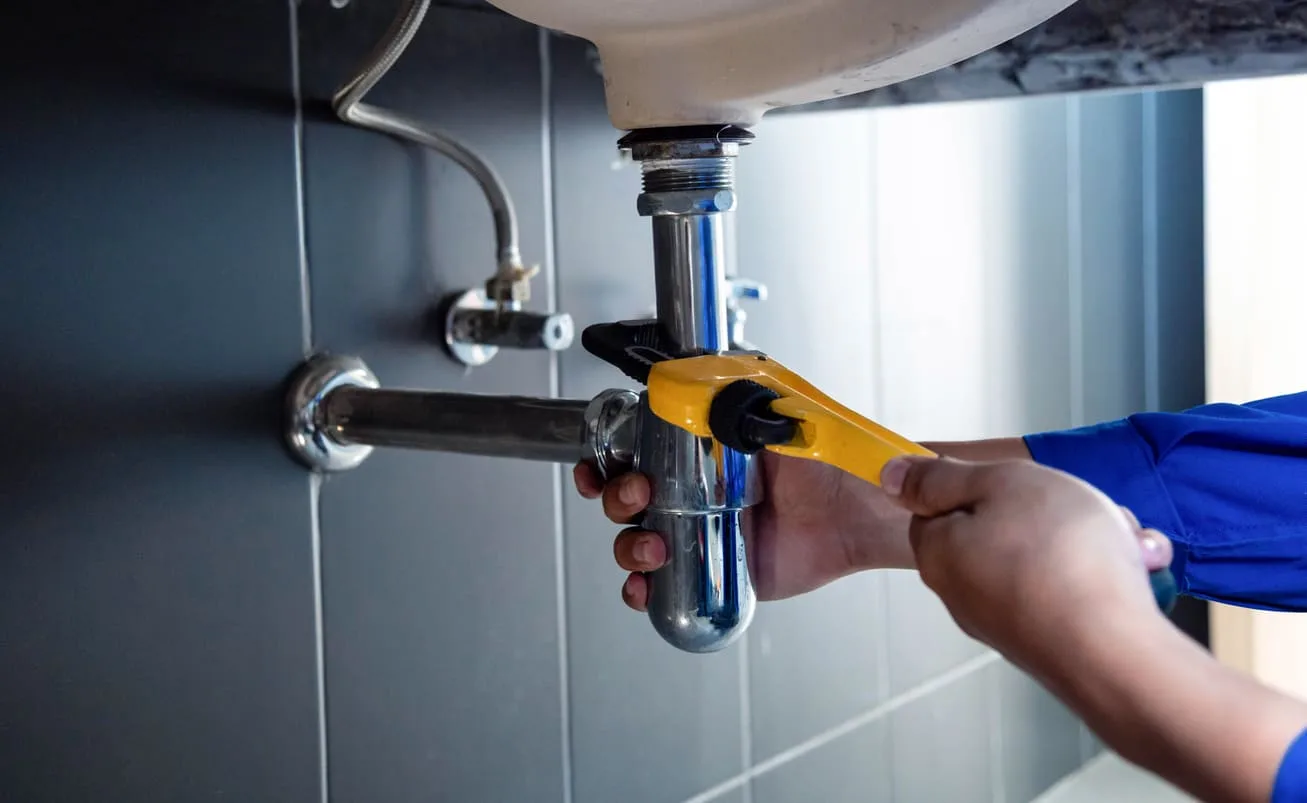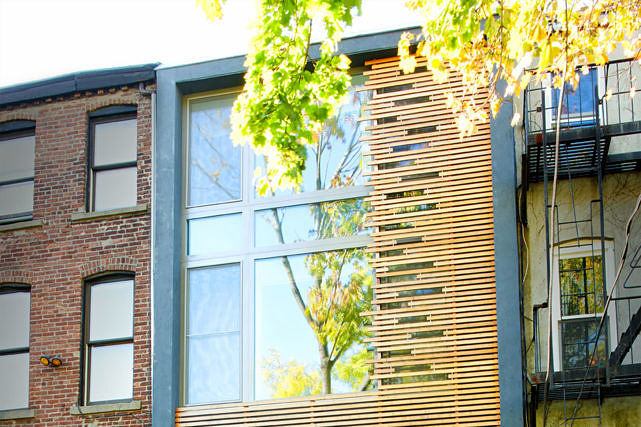Buying a new home is an exciting venture, but it comes with its own set of responsibilities. One of the most crucial aspects to consider is the plumbing system. A thorough plumbing inspection checklist new home is essential to ensure that everything is in top-notch condition. This article will guide you through the necessary steps to inspect the plumbing system in your new home, ensuring a safe and comfortable living environment.

Understanding the Importance of a Plumbing Inspection
Before diving into the checklist, it’s important to understand why a plumbing inspection is necessary. Plumbing problems can lead to significant damage and costly repairs if left unchecked. By conducting a thorough inspection, homeowners can identify potential issues early on and address them promptly.
Why New Homeowners Should Care
For new homeowners, a plumbing inspection is a proactive step to avoid unexpected surprises. It ensures that the home’s plumbing system is functioning efficiently and meets safety standards. Moreover, it provides peace of mind knowing that potential problems are identified and resolved before they escalate.
Essential Components of a Plumbing Inspection
The following are key components to include in your plumbing inspection checklist new home:
1. Inspecting Pipes and Fittings
Begin by examining the pipes and fittings for any signs of leaks or corrosion. Check for discoloration, moisture, or mold growth, as these may indicate hidden leaks. Ensure that all pipes are securely fastened and free from damage.
2. Checking the Water Heater
The water heater is a critical component of the plumbing system. Inspect it for any signs of rust or leaks. Verify that the thermostat is functioning correctly and set to an appropriate temperature. Additionally, check the pressure relief valve for proper operation.
3. Evaluating Water Pressure
Water pressure plays a vital role in the functionality of the plumbing system. Test the water pressure in various areas of the home to ensure it falls within the recommended range. Low or high water pressure can indicate underlying issues that need attention.
4. Examining Drains and Sewage System
Inspect the drains and sewage system for any blockages or slow drainage. Check for unpleasant odors, as they may indicate a problem with the sewage system. Ensure that all drains are functioning properly and free from debris.
Additional Inspection Tips
Beyond the essential components, here are some additional tips to enhance your plumbing inspection checklist new home:
5. Testing the Water Meter
Check the water meter for any discrepancies or unusual readings. A faulty water meter can lead to inaccurate billing and potential water wastage. Ensure that it is functioning correctly and providing accurate measurements.
6. Inspecting Outdoor Plumbing
Don’t forget to inspect the outdoor plumbing components, such as garden hoses and sprinkler systems. Look for leaks or damage that may affect water efficiency. Properly maintained outdoor plumbing ensures a well-functioning system overall.
7. Reviewing Plumbing Code Compliance
Ensure that the plumbing system complies with local building codes and regulations. This step is crucial to avoid future legal issues and ensure the safety and functionality of the plumbing system.
Taking Action: What to Do If Issues Are Found
If any issues are identified during the inspection, it’s essential to address them promptly. Consider hiring a professional plumber to assess and repair any significant problems. Regular maintenance and timely repairs can prevent costly damage and extend the lifespan of the plumbing system.
Conclusion
A comprehensive plumbing inspection checklist new home is an invaluable tool for homeowners and real estate developers. By following the steps outlined in this guide, you can ensure that your new home’s plumbing system is safe, efficient, and compliant with regulations. For more information and resources on plumbing and home inspections, check out [Parker & Sons](https://www.parkerandsons.com/blog/essential-guide-to-plumbing-in-a-new-house-what-you-need-to-know) (nofollow) and [This Old House](https://www.thisoldhouse.com/plumbing/21014914/from-the-ground-up-plumbing) (nofollow).

FAQ Section
1. How often should a plumbing inspection be conducted?
It’s recommended to conduct a plumbing inspection at least once a year to ensure everything is functioning properly and to catch any potential issues early.
2. What are common signs of plumbing issues?
Common signs include low water pressure, unusual noises, persistent leaks, and slow drainage. If you notice any of these, it’s best to conduct an inspection immediately.
3. Can I perform a plumbing inspection myself?
While basic inspections can be done by homeowners, it’s advisable to hire a professional plumber for a thorough assessment, especially in new homes.
This article contains affiliate links. We may earn a commission at no extra cost to you.




